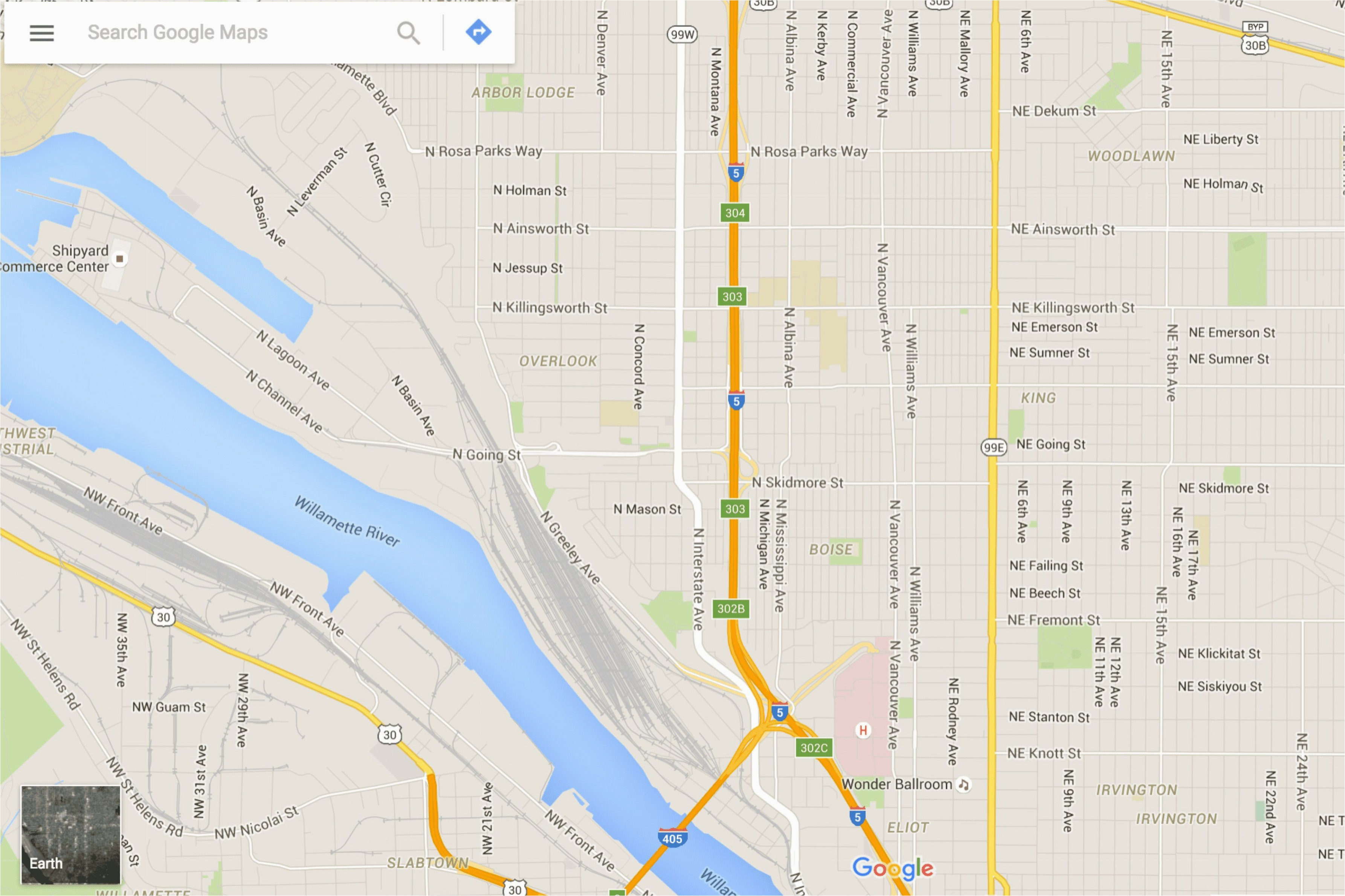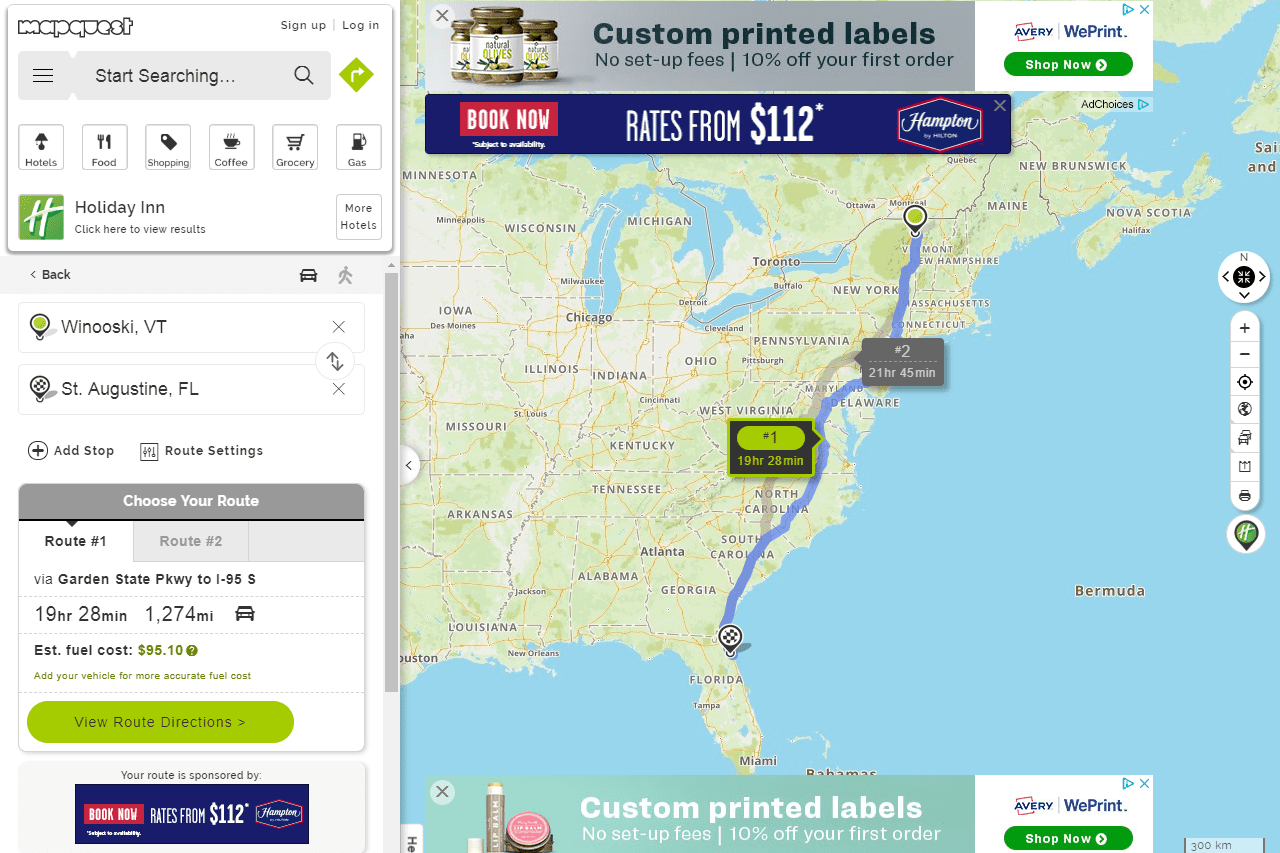

The highest point in Saskatchewan is located at the Cypress Hills at 1051m, with an average elevation of 400m above sea level.

It is situated in the Prairie region, one of the two provinces without a saltwater coast.Saskatchewan was initially established as a colony in 1881 and became a province in 1905 when it joined Canada. The province covers an area of around 600,000 km2. Saskatchewan is one of the three prairie provinces in Canada.The lowest temperature recorded in Saskatchewan was -70☏(-56.7☌) on 1 February 1893, set at Prince Albert. The highest temperature recorded in Saskatchewan was 113☏(45☌) on 5 July 1937. Saskatoon’s measurements are -2°f (-19°c) in January and 66°f (19°c) in July. January has the lowest average daily temperature in Regina at 0°f (-18°c). The city of Estevan receives 2,540 hours of sunshine per year, the most sunlight in any other Canadian city. The whole province of Saskatchewan enjoys a hot, dry summer. Map of Saskatchewan Map of Saskatchewan The climate of Saskatchewan The capital is Regina, and the largest city is Saskatoon. The province has 27% of Canada’s lakes and 22% of its surface water. Other industries include food processing as well as transportation and manufacturing. The province’s economy centers mainly on agriculture and energy production. It has over 250,000 farms and is the world’s most important supplier of wheat, canola, and durum wheat. Saskatchewan, the Canadian prairie province, is the country’s breadbasket. Saskatoon, Moose Jaw, and Prince Albert are other vital cities in Saskatchewan. The capital city of Saskatchewan, which is also its largest city, is Regina. With about 1 million residents, it is one of the least densely populated provinces. Saskatchewan is a province in the east-central part of Canada.

TIME: 6 AM CST = noon GMT 5 AM MST = noon GMT. The origin of the name: Derived from the Cree Indian word kisiskatchewanisipi, which means “swift-flowing river,” and was first used to describe the Saskatchewan River. The provincial shield of arms appears in the upper quarter on the staff side, and a western red lily lies at half farthest from the staff.įormation: 1905. Horizontal bars of equal width with green above (for the northern forests) and yellow below (for the southern grain region).


 0 kommentar(er)
0 kommentar(er)
